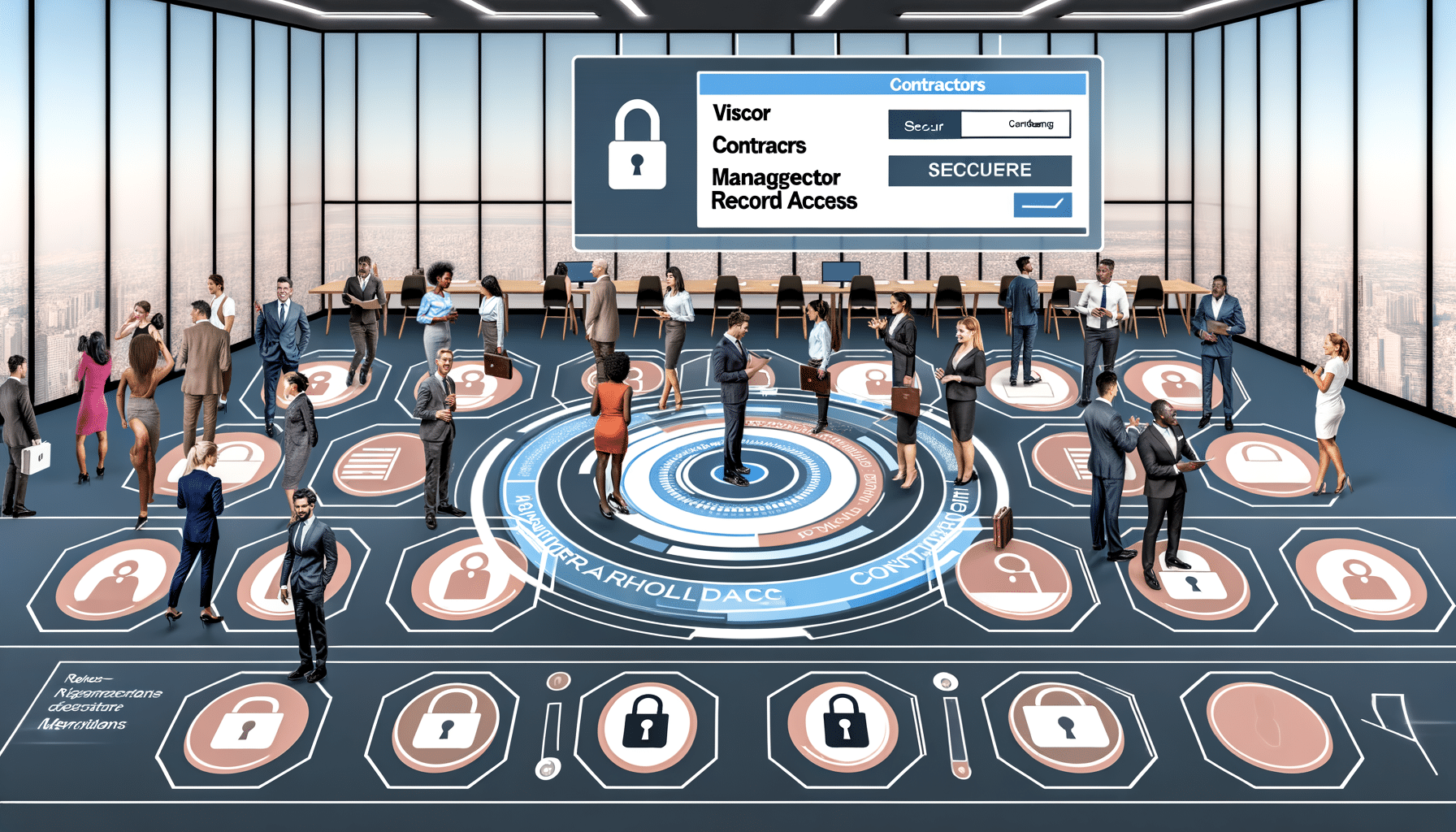- Archive Security
- November 16, 2024
The Future of Digital Signatures in Record Management

In the fast-paced world of record management, one component that’s becoming increasingly indispensable is the digital signature. As we usher in an era dominated by digital transformation, digital signatures are not just a luxury but a necessity for secure and efficient record-keeping. In this article, I aim to unravel how digital signatures are set to shape the future of record management.
The Evolution and Importance of Digital Signatures
Before diving into future trends, it’s worth revisiting the body of evidence supporting the efficacy and security of digital signatures. Unlike handwritten signatures, digital signatures use cryptographic methods to provide a more secure and verifiable way of signing a document. This change is not only pivotal in enhancing security, but it also offers the convenience of a seamless digital workflow—speeding up processes that traditionally took days, or even weeks, to complete.
What makes digital signatures incredibly compelling is their ability to authenticate the identity of the signer and ensure the integrity of the signed document. This capability ensures that businesses and individuals can trust the validity of their records, which is critical in today’s world where data integrity is of paramount concern.
Key Trends Shaping the Future of Digital Signatures
1. Integration with Blockchain Technology
One of the most exciting prospects for digital signatures is their integration with blockchain technology. By storing digital signatures within a blockchain, organizations can enhance the immutability and traceability of records, effectively eliminating tampering risks. This means each signed document becomes a ‘permanent’ record, immune to the alterations that undermine trust and accountability.
2. Enhanced User Experience with AI
As Artificial Intelligence (AI) continues to mature, its role in improving the user experience of signing digital documents is expanding. AI can suggest optimal placement for signatures, verify signer identities using machine learning-based algorithms, and optimize the process based on past behavior patterns. This is not only convenient but also aids in reducing human errors, making the signing process faster and more accurate.
3. Regulatory Compliance Simplification
Adhering to compliance regulations such as GDPR, HIPAA, and SOX can be a daunting task. Digital signatures simplify meeting these requirements by automatically recording signing times, providing tamper-proof evidence of agreement and legitimacy. This is especially true for industries like finance, healthcare, and legal sectors, where rigorous compliance is non-negotiable.
4. Increasing Adoption Across Sectors
The more industries recognize the advantages of digital signatures, the more widespread their adoption will become. Sectors ranging from real estate to government are starting to see them as an essential part of digital transformation strategies. This growing trend will continue to accelerate as the need for agility and remote-friendly processes becomes ingrained in workplace cultures.
Challenges to Overcome
Despite the myriad advantages, some challenges still impede the widespread adoption of digital signatures. These include differences in legal recognition across jurisdictions, the complexities of initial setup, and educating users on their utility. However, these challenges are gradually being met with innovative solutions like comprehensive regulatory frameworks and user-friendly technologies.
The Road Ahead
As we look toward the future, it’s clear that digital signatures will play a pivotal role in reshaping record management landscapes globally. Organizations leveraging these future trends—with blockchain integration, enhanced user experiences, simplified compliance measures, and broader adoption—will lead the charge in operational efficiency and enhanced security.
In closing, embracing digital signatures isn’t just about keeping up with the times; it’s about staying ahead. As a founder of RecordsKeeper.AI, I am excited about our role in driving this transformation. For those eager to future-proof their record management systems, adopting digital signatures is not just an option but a strategic imperative. I encourage you to explore how this can be part of your organization’s future.
To stay updated on these advancements, follow me as I continue to delve into the possibilities that technology offers in transforming record management.
Toshendra Sharma is the visionary founder and CEO of RecordsKeeper.AI, spearheading the fusion of AI and blockchain to redefine enterprise record management. With a groundbreaking approach to solving complex business challenges, Toshendra combines deep expertise in blockchain and artificial intelligence with an acute understanding of enterprise compliance and security needs.
Related Posts


Handling Sensitive Records in Open Offices
Maintaining confidentiality in open workspace layouts.
- December 9, 2024
Archives
- January 2025
- December 2024
- November 2024
- October 2024
- September 2024
- August 2024
- July 2024
- June 2024
- May 2024
- April 2024
- March 2024
- February 2024
- January 2024
- December 2023
- November 2023
- October 2023
- September 2023
- August 2023
- July 2023
- June 2023
- May 2023
- April 2023
- March 2023
- February 2023
- January 2023
- December 2022
- November 2022
- October 2022
- September 2022
Want to get more content like this?
Signup to directly get this type of content to your inbox!!
Latest Post
Document Control for Equipment Maintenance
- January 20, 2025
Managing Records for Multiple Clients
- January 19, 2025
Handling Conference Documentation
- January 18, 2025
Setting Up Department Record Reviews
- January 17, 2025





